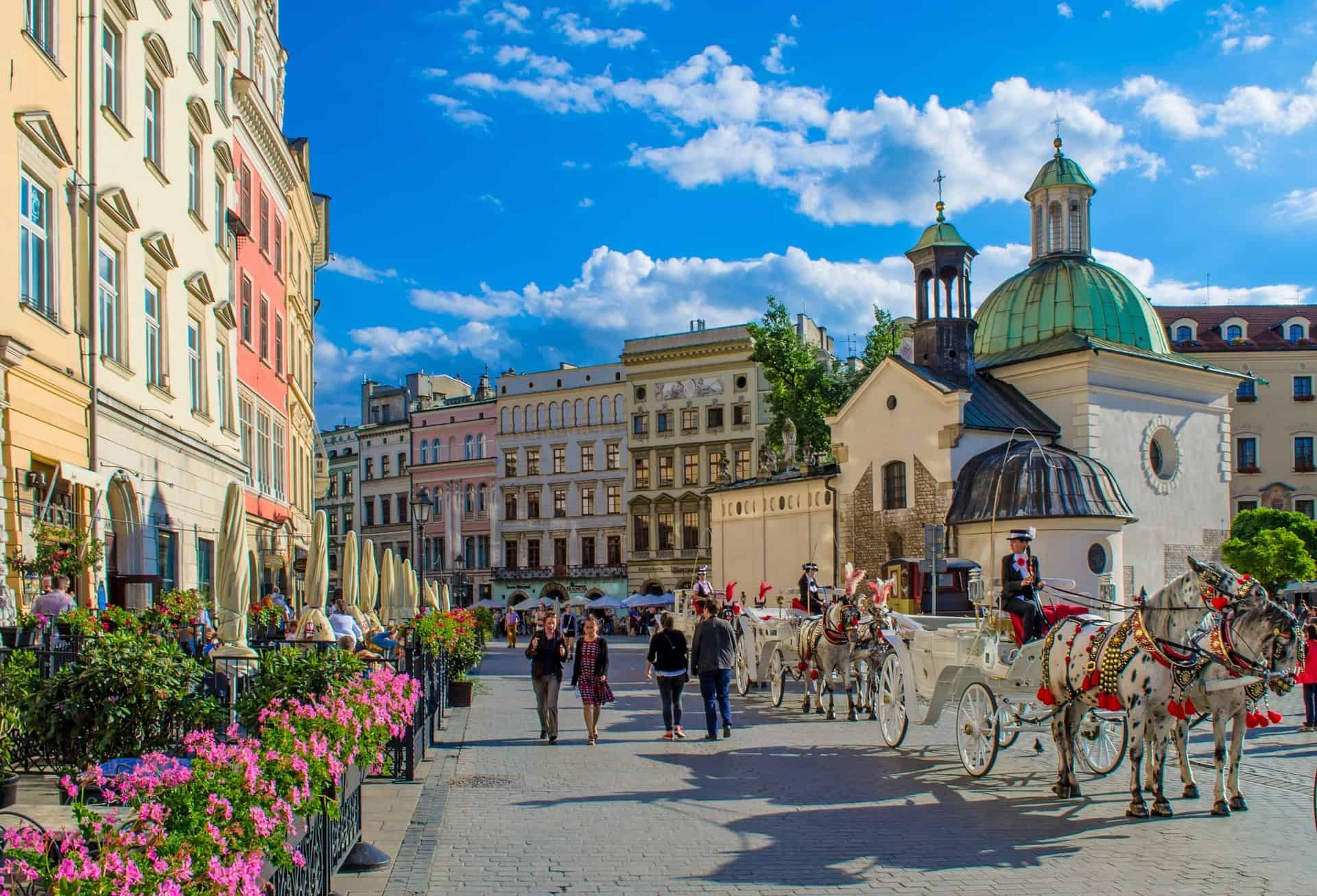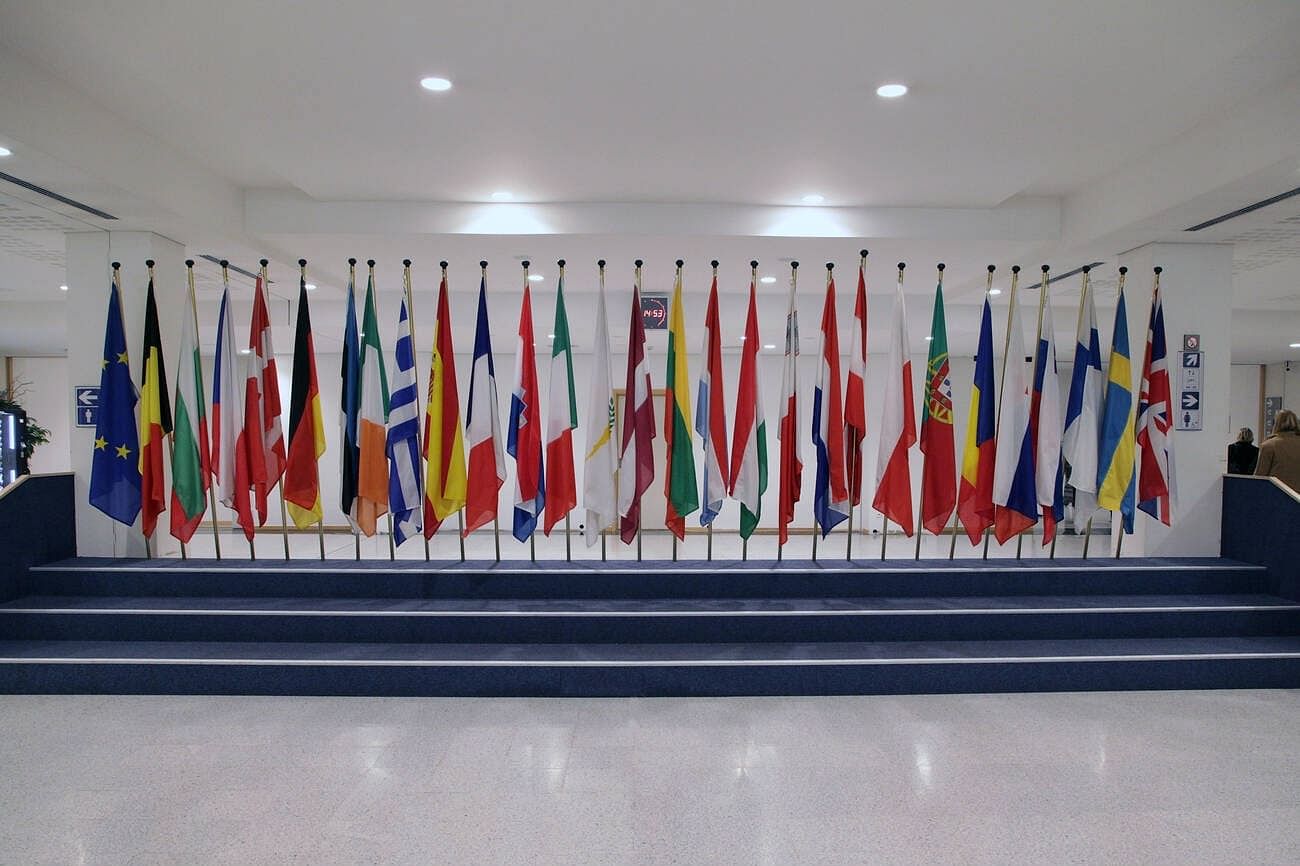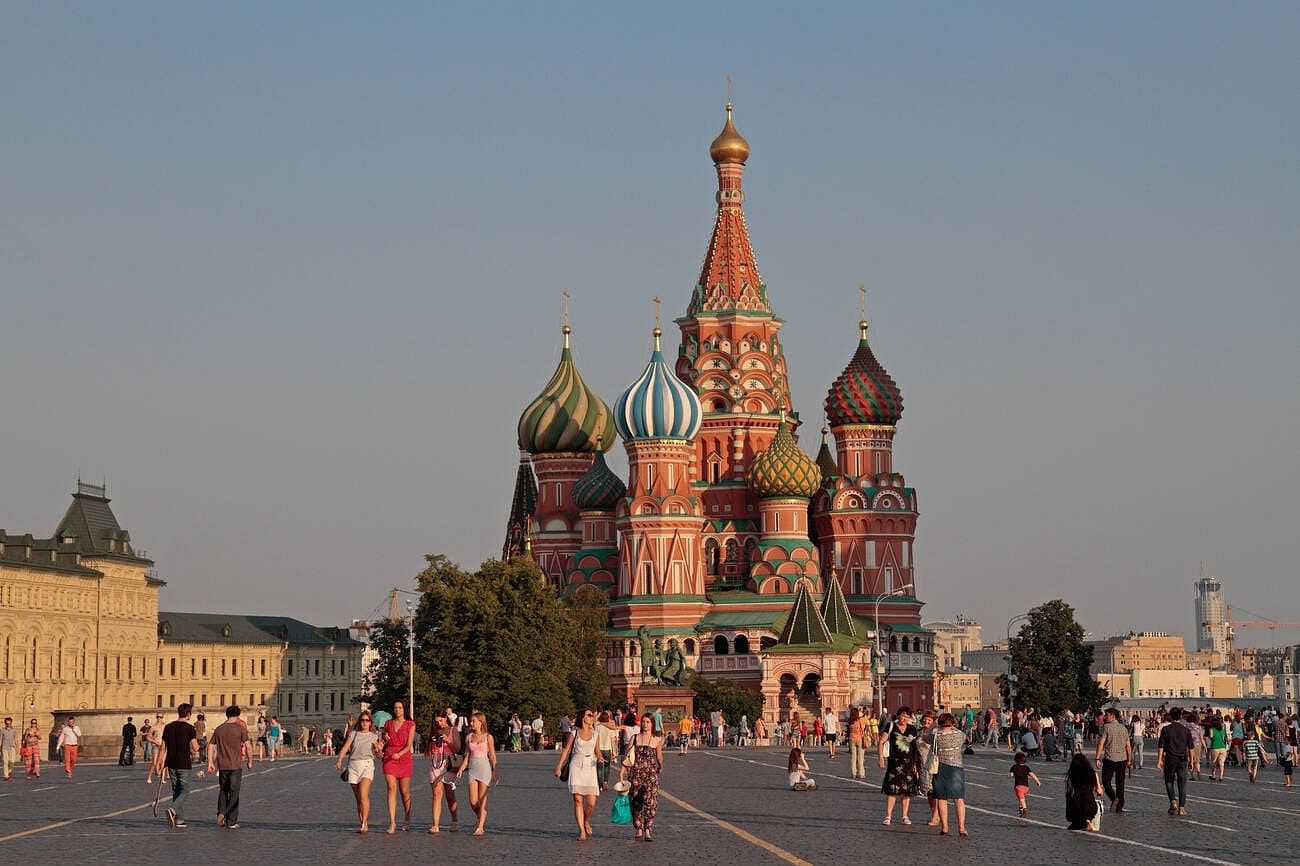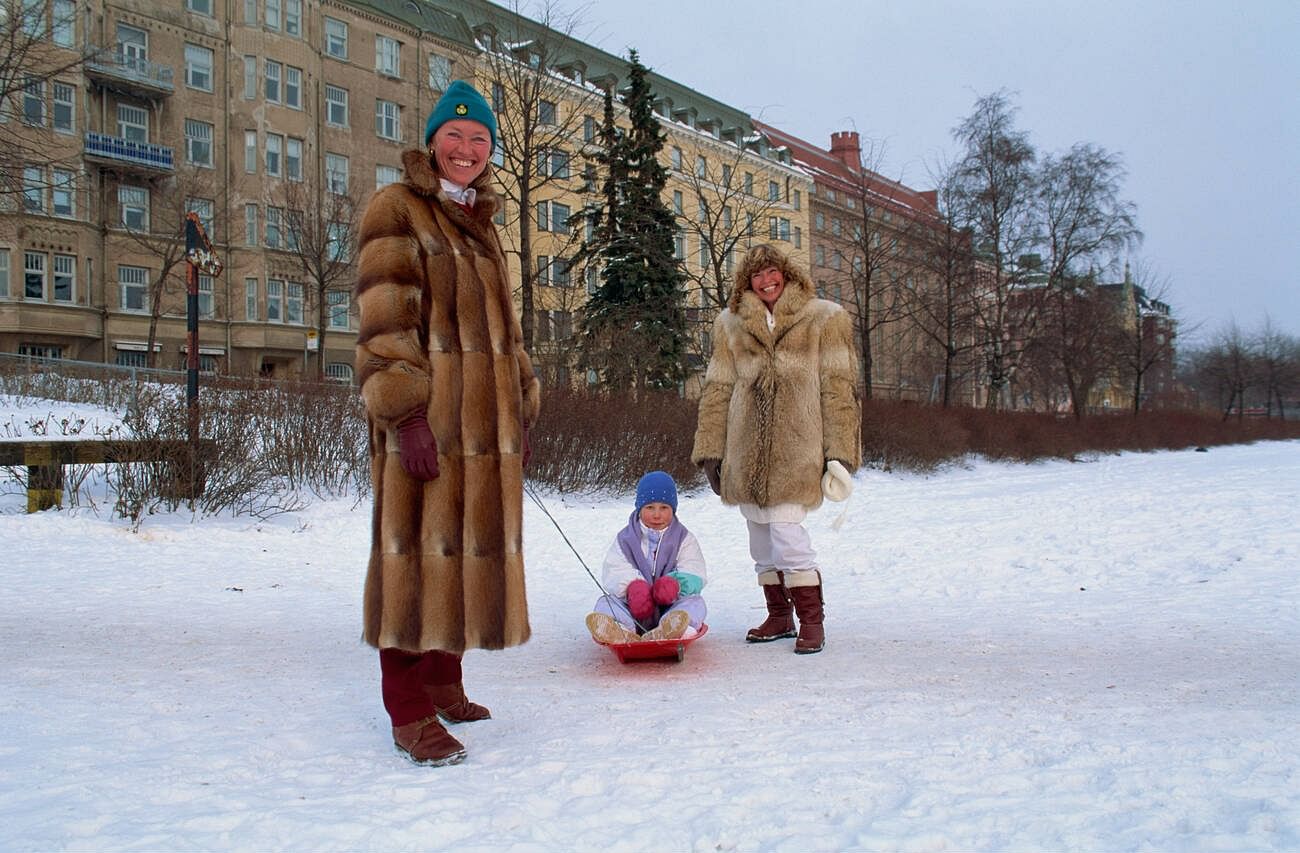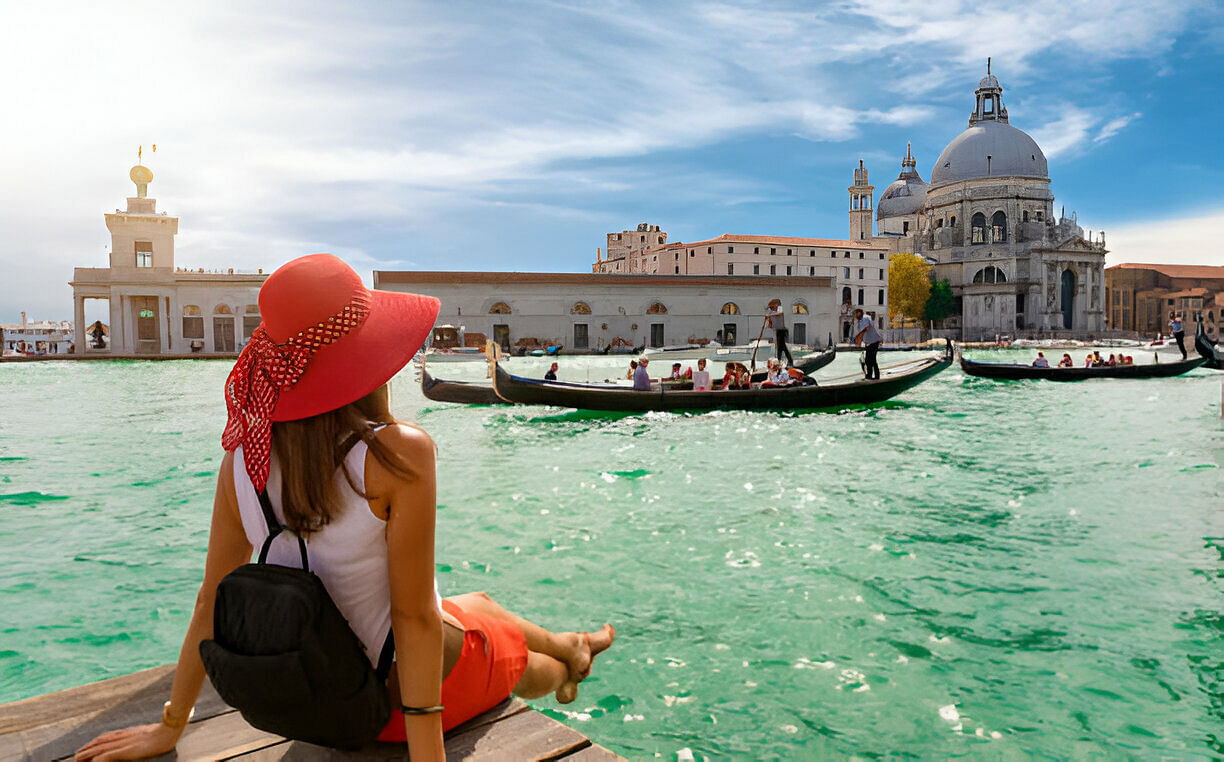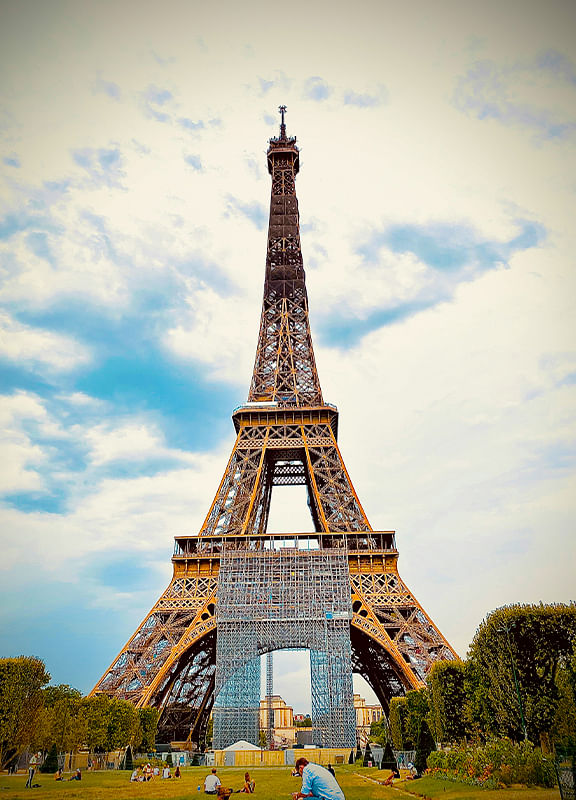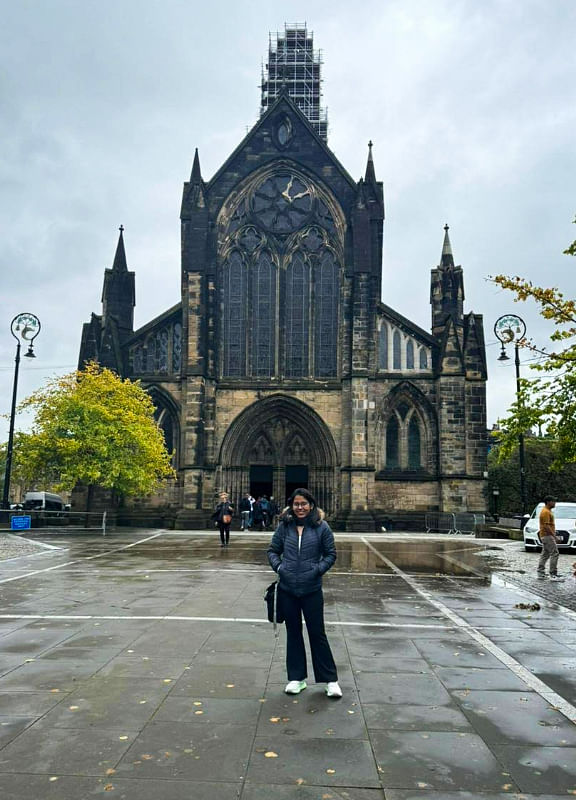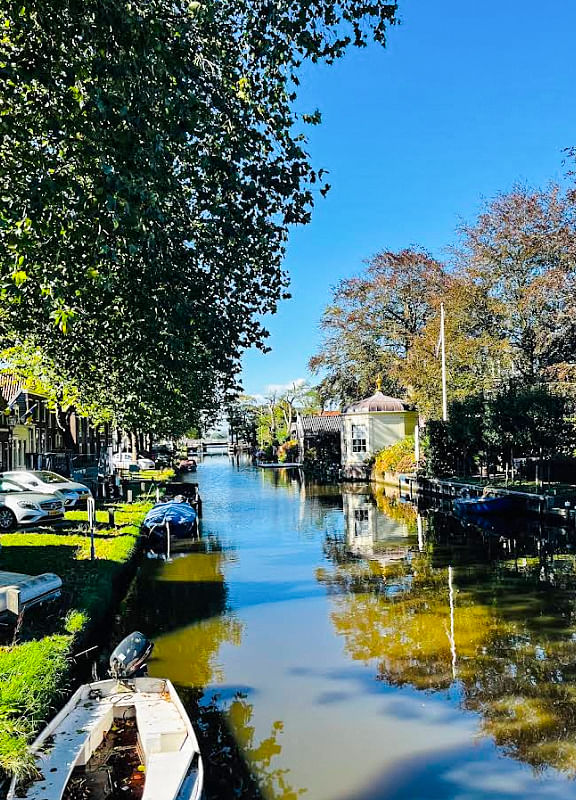Europe is a continent rich in cultures, , languages, and history, making it a top destination for travelers worldwide. One common question that arises when planning a trip is: How Many Countries in Europe? In this comprehensive guide, we’ll answer this question, provide a detailed list of European countries, and highlight the most famous nations and landmarks that make Europe so unique.
Whether you’re planning Europe Tour Packages from India, considering International Tour Packages to explore France, Italy, or hidden gems like Andorra and Liechtenstein, this guide will give you all the information you need about total countries in Europe and their regions for a memorable travel experience.
How Many Countries in Europe?
To answer your question of “How many countries are there in Europe?” Well, as of now, there are 44 total countries in Europe. This total includes 28 countries in the European Union (EU), along with several others that are not part of the EU. The number 44 is based on the widely accepted geographical boundaries that separate Europe from Asia, typically using the Ural Mountains, the Caspian Sea, and the Caucasus Mountains as the eastern boundary of Europe.
The number of countries in Europe can also be represented through a Europe country list, which includes both widely recognized nations and partially recognized territories.
Some notable exceptions to the common understanding include Russia, which spans both Europe and Asia, and Turkey, which has territories in both continents as well. Additionally, Kosovo is a partially recognised country, meaning not all nations officially recognise it as an independent state, though it is considered a European country by many.
While 44 countries in Europe is the commonly agreed-upon number, it’s important to understand that this count can vary depending on how different geopolitical entities and regions are considered.
So, how many countries are there in Europe? The generally accepted answer is 44, but this may fluctuate depending on political recognition, inclusion of microstates, and geographical boundaries. The total countries in Europe also include smaller nations like San Marino, Monaco, and Vatican City.
Best Selling Europe Tour Packages
List of Countries in Europe
For anyone wanting to know exactly which countries make up Europe, here’s a detailed list of countries in Europe:
- Albania
- Andorra
- Armenia
- Austria
- Azerbaijan
- Belarus
- Belgium
- Bosnia and Herzegovina
- Bulgaria
- Croatia
- Cyprus
- Czech Republic (Czechia)
- Denmark
- Estonia
- Finland
- France
- Georgia
- Germany
- Greece
- Hungary
- Iceland
- Ireland
- Italy
- Kazakhstan (partly in Europe)
- Kosovo
- Latvia
- Liechtenstein
- Lithuania
- Luxembourg
- Malta
- Moldova
- Monaco
- Montenegro
- Netherlands
- North Macedonia
- Norway
- Poland
- Portugal
- Romania
- Russia (partly in Europe)
- San Marino
- Serbia
- Slovakia
- Slovenia
- Spain
- Sweden
- Switzerland
- Turkey (partly in Europe)
- Ukraine
- United Kingdom
- Vatican City (Holy See)
This Europe country list provides a comprehensive view of nations from large countries like Russia and Germany to smaller states like Liechtenstein and Monaco. For travelers wanting a complete list of countries in Europe, these nations represent diverse languages, cultures, and historical landmarks.
The European Union (EU) and Its Member States
While Europe Countries are 44 in number, not all of them are part of the European Union (EU). The European Union is a political and economic union of 27 European countries that share common policies, including free trade and free movement of people. The EU has played a significant role in uniting Europe after World War II and promoting peace, economic stability, and social welfare.
Different countries have different currencies in Europe; some follow the common Euro, while others have their own independent national currency.
As of today, the EU member states include countries like France, Germany, Spain, Italy, and Poland. However, the United Kingdom officially left the EU in 2020 after a referendum known as Brexit.
Some notable non-EU countries in Europe include Switzerland, Norway, and Iceland, which have opted to remain outside the EU while still maintaining strong political and economic ties with the union.
Knowing the number of countries in Europe and understanding which ones are part of the EU is crucial for travelers planning tours across multiple regions.
How Many Famous Countries in Europe?
When thinking about how many famous countries in Europe, there are certainly countries that stand out for their cultural, historical, and economic significance. These are the countries that dominate international tourism, business, and cultural exports.
- France: Known for its sophisticated culture, fashion, and art. Paris, the capital, is home to iconic landmarks like the Eiffel Tower and the Louvre Museum.
- Italy: Famous for its ancient Roman history, art, and cuisine. Key sites include the Colosseum, the Vatican, and the canals of Venice.
- Germany: Europe’s largest economy, known for its engineering, historical landmarks such as the Brandenburg Gate, and its influence on European and global politics.
- United Kingdom: Known for its monarchy, historic landmarks like Big Ben and Buckingham Palace, and cultural influence in literature, music, and film.
- Spain: Famous for its Mediterranean culture, flamenco dancing, and historic sites like the Alhambra and Sagrada Familia.
- Switzerland: Known for its stunning Alpine landscapes, neutrality in global politics, and wealth in banking.
- Greece: The cradle of Western civilization, with landmarks like the Parthenon and the Acropolis. It’s also famous for its islands like Santorini.
- Russia: A transcontinental country, part of it located in Europe, and known for its vast history, the Kremlin, and cultural contributions.
- Belgium: Famous for chocolates, waffles, and historic cities like Brussels and Bruges.
- Portugal: Known for its coastal beauty, historic towns like Lisbon, and famous Port wine.
- Austria: Renowned for classical music, architecture, and Alpine resorts.
- Norway: Famous for fjords, natural beauty, and Northern Lights experiences.
These countries, along with smaller nations like Malta, Monaco, San Marino, Andorra, and Liechtenstein, enrich the Europe continent with culture, history, and scenic beauty, showing that total countries in Europe offer something unique for every traveler.
Why Are Some Countries Partly in Europe?
A few countries in Europe are considered transcontinental, meaning that part of their territory lies in both Europe and Asia. The most notable of these are Russia, Turkey, and Kazakhstan. These nations have complex geopolitical landscapes due to their location on the boundary between two continents.
- Russia: Although most of Russia’s landmass is in Asia, a significant portion of its population and capital city, Moscow, are located in the European part.
- Turkey: Istanbul, one of the largest and most famous cities in the world, spans both Europe and Asia.
- Kazakhstan: While the majority of Kazakhstan lies in Central Asia, its western part extends into Europe. So if you are taking a Kazakhstan Tour, you can say, you have been to Europe.
Understanding these Europe countries and regions helps travelers accurately answer questions like “how many countries in Europe continent” and plan their visits accordingly.
Explore Europe with WanderOn
To wrap up our guide on How Many Countries in Europe?, Europe is home to 44 recognized countries, each offering unique cultures, landscapes, and historical landmarks. From famous destinations like France, Italy, and Germany to smaller nations such as Liechtenstein, Andorra, and Malta, the total countries in Europe provide endless travel opportunities.
Whether you’re looking for Europe countries and regions, exploring the number of countries in Europe, or planning Europe trip packages and International holiday packages, understanding the list of European countries is essential.
For travelers seeking seamless planning and unforgettable experiences, WanderOn is your go-to partner to explore every corner of Europe and make your trip truly remarkable.





